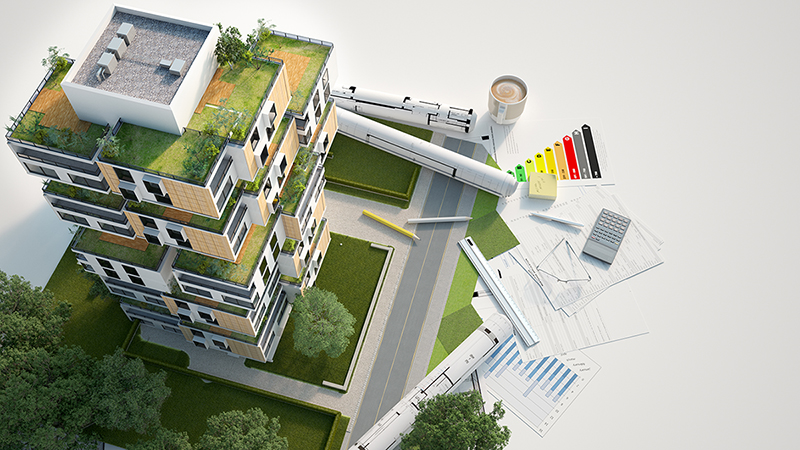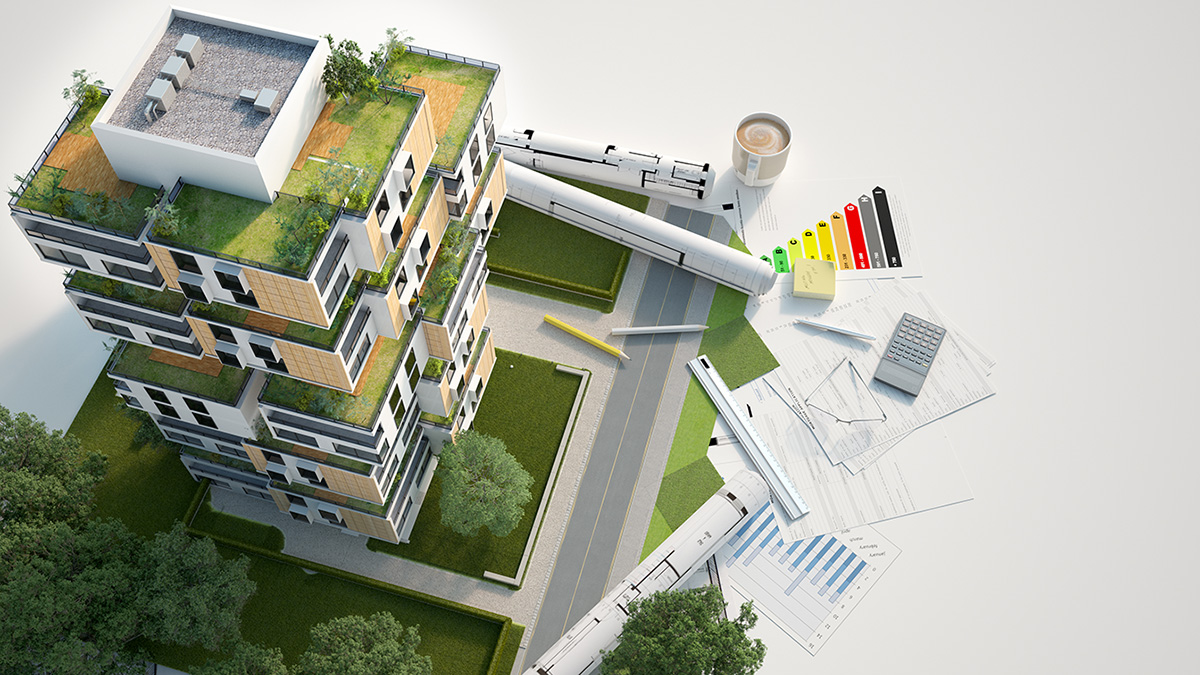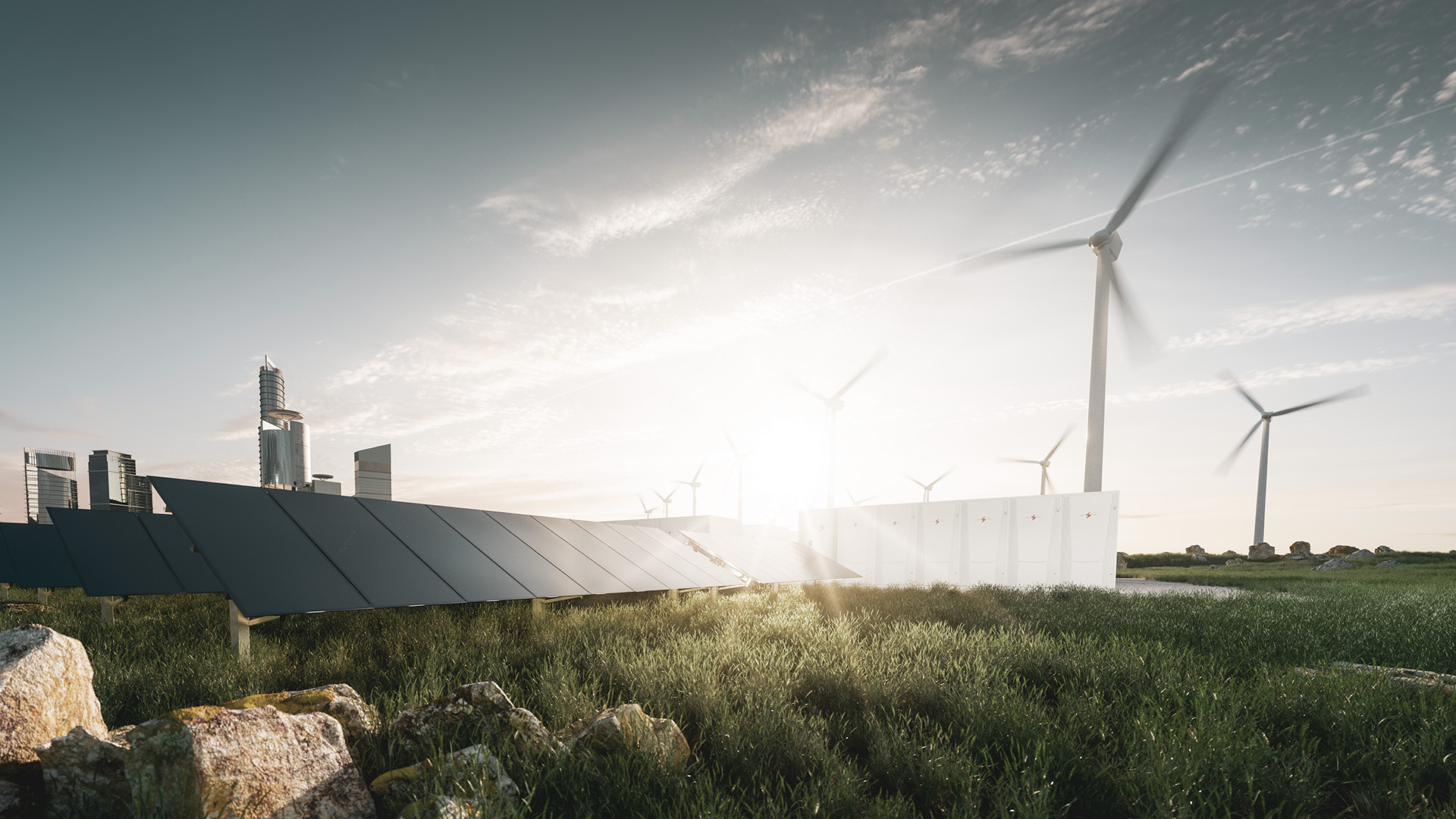The EU is aiming to be climate neutral by 2050, which will require climate action from us all. Banks in Finland have taken a step in that direction by launching the first environmentally friendly green mortgages onto the Finnish market. How will this new product effect the future of the mortgage market?
Prosperity and Climate Action through Green Mortgages

Related services

Energy Efficient Living Rewarded with Lower Interest
The goal of the Energy Efficient Mortgages Action Plan (EeMAP) funded by the EU is to develop a green mortgage for the European markets in order to encourage energy efficiency. The idea is that people who purchase an energy efficient home would be rewarded, for example, with a lower interest rate. The same incentive would be available for renovations to improve energy efficiency.
The participants in the EeMAP initiative have also set out to prove two things. They want to show that taking the energy efficiency of homes into account in mortgages creates a more sustainable future and that banks benefit when their customers invest in energy efficiency. The banks’ credit risk is lower, because the customer saves money on lower electricity bills, and energy efficiency increases the value of the home.
As green mortgages are a novel product, it is difficult to gauge how popular they will become. There is no shortage of interest however: according to a recent survey conducted by Finance Finland, nearly 60% of respondents would be willing to renovate their home to make it more energy efficient in exchange for a lower interest margin on their mortgage.
From Good Credit Practices to Sustainable Credit Practices?
Finnish law requires that lenders comply with good credit practices. Banks must treat their customers in a socially responsible way and take into account their customers’ interests.
Good credit practices have not traditionally obligated banks to assess the environmental impacts of lending, but what if a more environmentally sound approach also added to the customer’s prosperity?
As an example, let’s imagine a customer who buys a house that meets the criteria for a green mortgage. If the goals of the EeMAP initiative are achieved, a green mortgage would increase the customer’s wealth more than an ordinary mortgage. In that case, it would be in the customer’s interest for the bank to offer a green mortgage on its own initiative. The bank, for its part, would be encouraged to grant a green mortgage by the promise of better returns. Financially, everyone would win.
Fostering financial benefit and the customer’s interest would also create an external benefit in the form of the improved energy efficiency of financed homes. A more sustainable service offering could also be an asset to the bank when trying to attract new customers. Young people in particular are increasingly seeking to use their financial decisions to combat climate change and promote sustainable solutions in society. Remaining passive and relying on unsustainable processes will backfire sooner or later.
On the mortgage markets of the future, prosperity and impact will go hand in hand. By bringing these together, banks can create both financial and environmental benefits.









